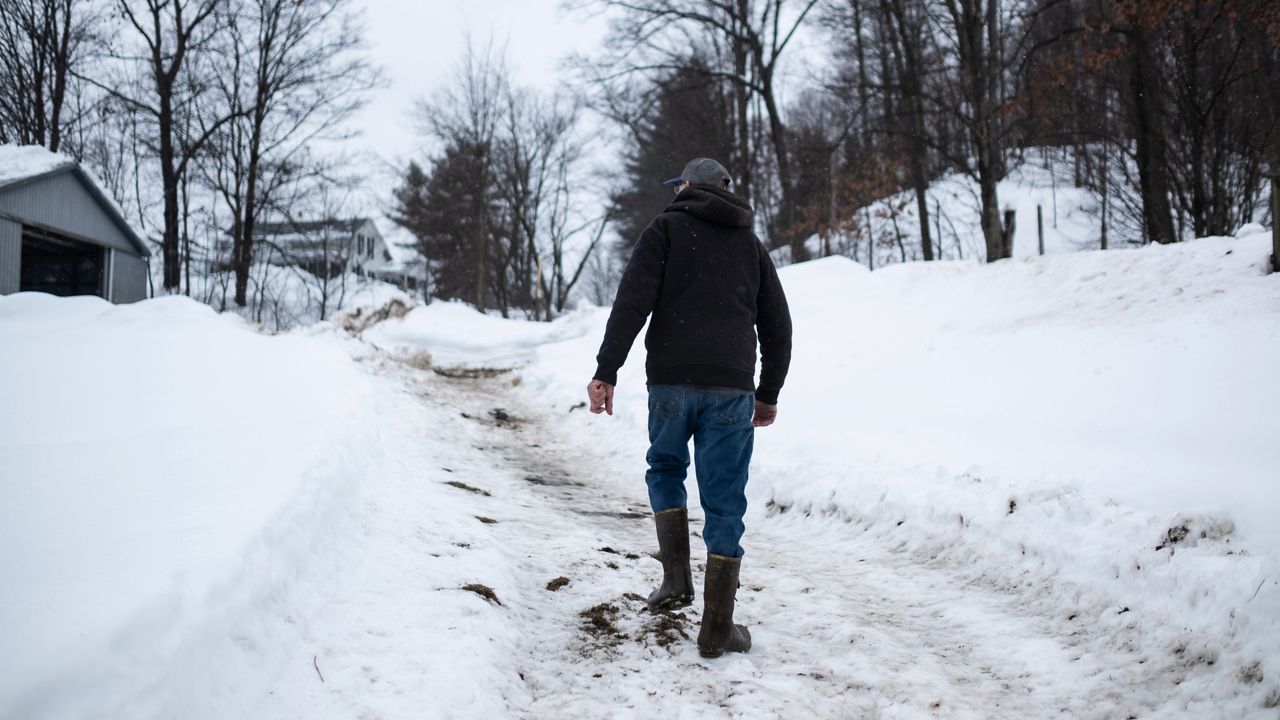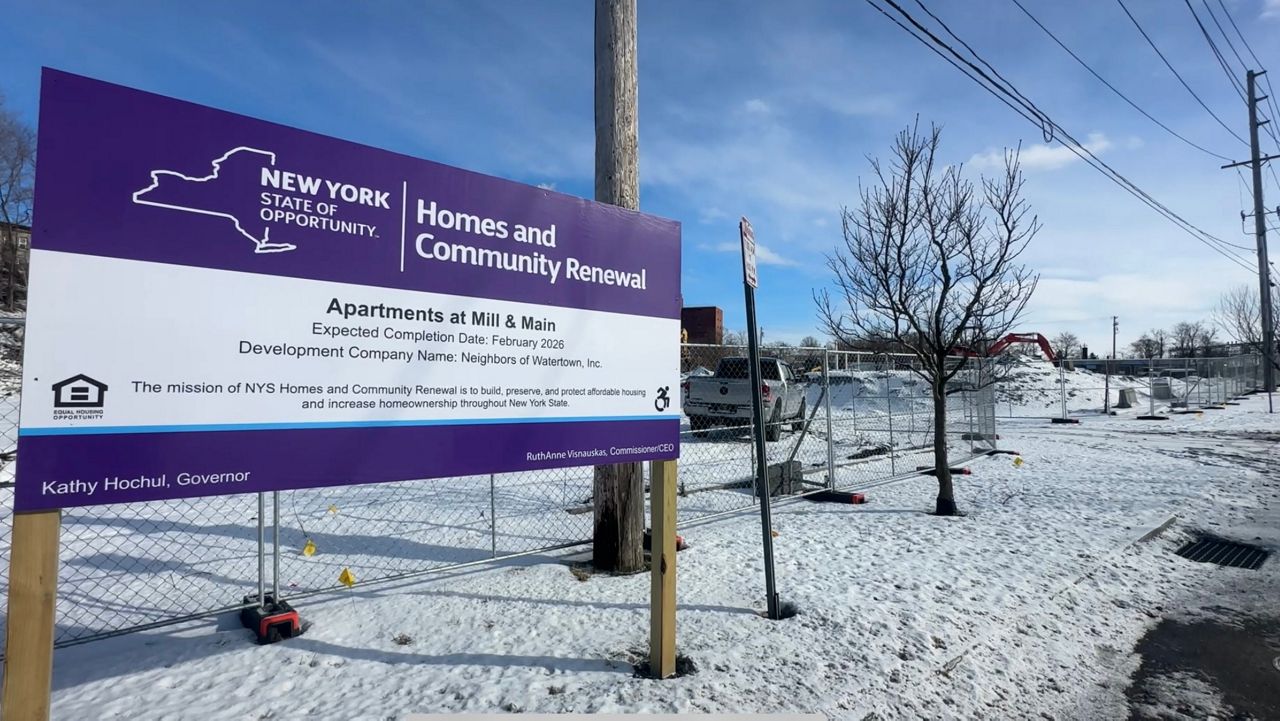With the recent tornadoes, hail and flooding, it's definitely keeping meteorologists busy, which begs the question: How exactly does the National Weather Service handle extreme events?
“Well we’re looking at the damage and primarily trees. And we’re looking at how the wind blew the trees down,” said Dave Nicosia, meteorologist-in-charge at the National Weather Service in Binghamton.
For the National Weather Service, the process of evaluating storm damage and conducting storm surveys starts with a conversation with emergency management departments.
“The first thing is we call our local county emergency management folks," Nicosia said. "The emergency management directors, deputy directors and the state emergency management as well. We talk to them, and they tell us where all the damage is.”
Nicosia says they use damage indicators once they’re at a location. This determines if a tornado did touch down, and if it, how strong it was.
“So like we see a certain type of tree that’s down. We can get idea if it's uprooted, snapped, has a certain mile an hour wind with it," Nicosia said. "Same thing for buildings. If a building’s roof is lifted off, then we're probably talking 120-130."
On Tuesday, he was in Cortland County evaluating Monday night's storm that took down trees and damaged houses in the area. The state provided a drone for his team, giving them a bird's eye view of the damage, which is vital.
“You literally can see what the winds were doing from above, which is very, very valuable,” he said.
The National Weather Service confirmed seven tornadoes touched down in New York last week. The state’s average is usually around nine a year. It’s been a busy time for the National Weather Service.
The city of Rome declared a state of emergency Tuesday after a radar-confirmed tornado moved through parts of the city.
“This is one track that we’re following of damage, and there’s actually another one out in Steuben in Schuyler that we may have thrown out tomorrow. And we're expecting more storms today. So we're very busy at the National Weather Service in Binghamton. We are very busy,” Nicosia said.










